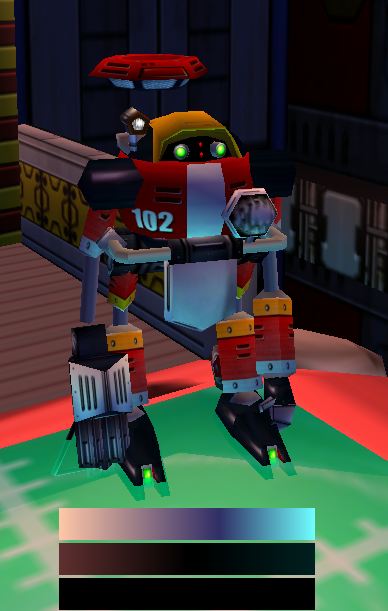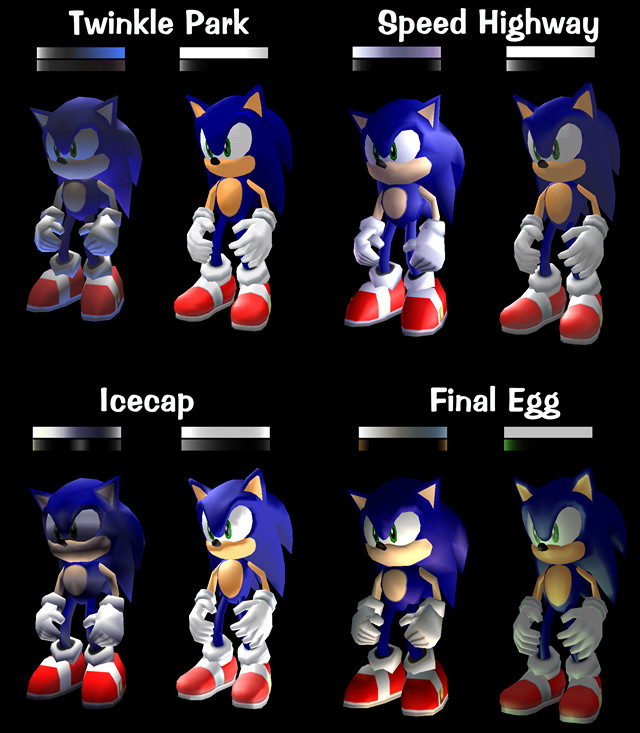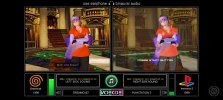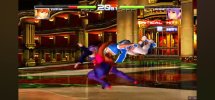I already answered that question. I was describing what I found particularly impressive and unique in TTT in general. There was no comparison. Cloofoofoo's argument was that there was nothing particularly impressive. While he was focusing in the general technique I was focusing on the result. At the end of the day whether we attribute it to art, hardware or engine or a combination, the result is the same. Materials were more convincing.But does TTT handle it differently because of a hardware difference, or just artistic application? The fact no other PS2 games got the same results suggests the latter, with Namco just being ahead on the superior execution of conventional techniques.
Edit: And I don't understand Cloofoofoo's point to SC3. I thought that was a DC game but it wasn't. What are the DC games that used the same techniques?
,










